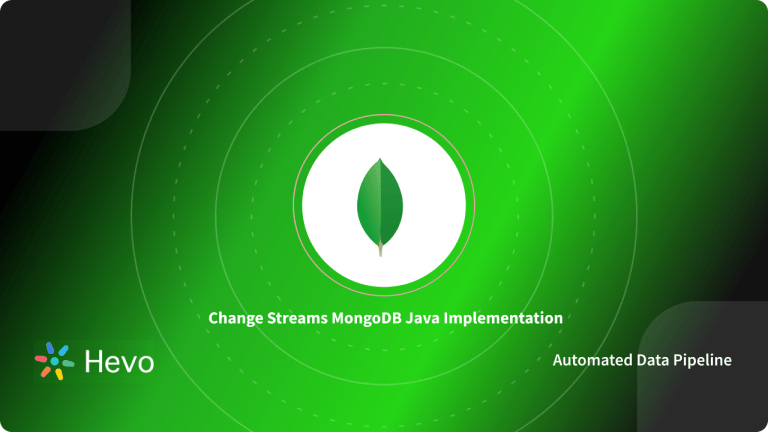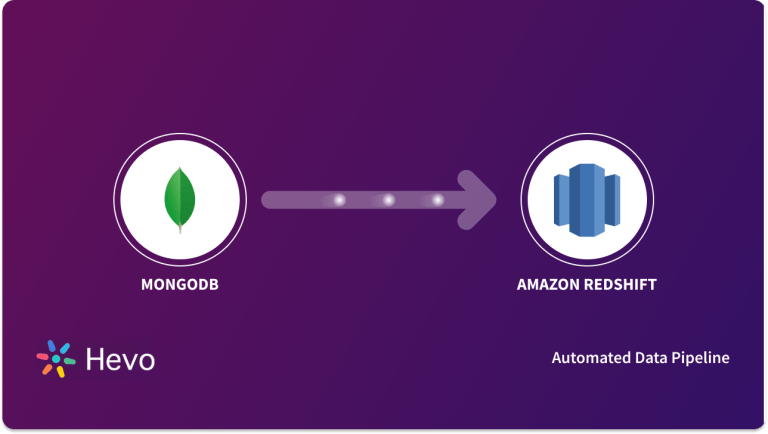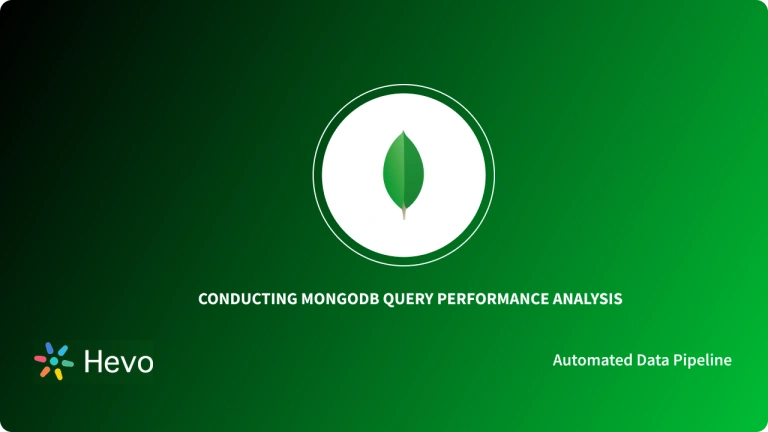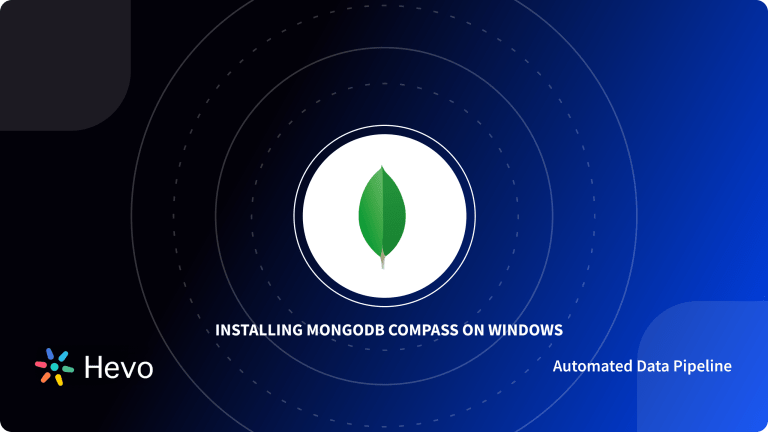For applications that handle huge volumes of data, you should choose a Database Management Solution For applications that handle large volumes of data, it’s essential to select a Database Management Solution that ensures high performance and scalability.
- While traditional Relational Database Management Systems (RDBMS) offer structure, NoSQL databases have become the go-to choice for modern use cases due to their flexibility and ability to handle diverse data types, including unstructured data.
- MongoDB, a leading NoSQL database, is highly scalable and designed to support various data formats. It stores data in the form of documents and collections, making it a powerful solution for applications that require dynamic schemas. Its document-based architecture enables seamless storage and management of complex, unstructured data.
In this article, we’ve compiled a comprehensive list of top MongoDB tools that you should consider for enhancing productivity and optimizing your database management experience.
Table of Contents
Overview of MongoDB

MongoDB is a popular open-source NoSQL Database that was created using the C++ programming language. MongoDB is a document-oriented database that stores data using JSON-like documents and a Dynamic Schema.
- This means you won’t have to worry about data structure, the number of fields, or the types of fields used to hold values while saving your data. MongoDB Documents and JSON objects are the same things.
- By simply adding new fields or deleting existing ones, you can alter the structure of records(which MongoDB refers to as Documents).
This feature can be used in MongoDB to express Hierarchical Relationships, Store Arrays, and other more complex Data Structures. A lot of digital organizations, like Facebook, eBay, Adobe, and Google, use MongoDB to store massive amounts of data.
Hevo is the ideal data pipeline solution for integrating MongoDB as a source, enabling seamless data extraction, transformation, and loading.
This ensures smooth data flow and real-time updates, optimizing your analytics and data management processes.
Let’s see some unbeatable features of Hevo Data:
- Fully Managed: Hevo Data is a fully managed service and is straightforward to set up.
- Schema Management: Hevo Data automatically maps the source schema to perform analysis without worrying about the changing schema.
- Real-Time: Hevo Data works on the batch as well as real-time data transfer so that your data is analysis-ready always.
- Live Support: With 24/5 support, Hevo provides customer-centric solutions to the business use case.
Key Features of MongoDB
MongoDB has a variety of unique features that make it a better alternative than other standard databases. Some of these characteristics are as follows:
- Horizontal Scalability: MongoDB’s sharding allows for this. Sharding is the process of sharing data over multiple servers. The Shard Key is used to partition a large amount of data into data chunks, which are then evenly distributed among Shards across several Physical Servers.
- Index-based Document: Every field in the Document is indexed with Primary and Secondary Indices in a MongoDB database, making it easy to access data from the pool.
- Database with No Schemas: A database with no schemas maintains a variety of documents in a single collection (the equivalent of a table). To put it another way, a single MongoDB collection can include several documents, each with its own set of Fields, Content, and Size. Unlike Relational Databases, there is no requirement that one document is equivalent to another. Because of this functionality, MongoDB gives users a lot of flexibility.
- Replication: MongoDB ensures data availability by creating multiple copies of the data and transferring them to a second server, allowing the data to be retrieved even if one server fails.
Best MongoDB Tools
The following are the top MongoDB tools that you should consider using:
1) Studio 3T
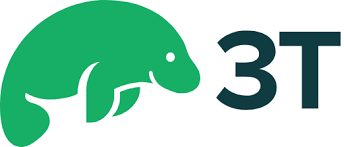
- Studio 3T is a MongoDB tool that can be used to perform tasks such as managing users, creating indexes, importing and exporting data, and more. It is also maintained and updated frequently.
- It is also the only MongoDB tool that comes with an SQL migration feature and it can be integrated with other popular SQL Databases, which makes it easy for any user to migrate from SQL to MongoDB.
- Studio 3T also allows you to import an entire database, customize table-to-JSON relationships, and preview documents.
- The tool also allows you to establish unlimited connections to MongoDB.
- It also comes with a feature that allows you to compare different MongoDB collections side-by-side and a Schema Analysis Tool for highlighting errors and providing a way of editing them directly.
- Studio 3T has 3 pricing plans with the cheapest plan attracting a cost of $199/user per year.
2) MongoDB Compass

- This is MongoDB’s own GUI tool that comes with unique features like support for rich visualization of Database Schema Analysis, Geo Queries, Performance Charts, and Explain Plans.
- Although MongoDB Compass does not support any SQL migration or import features, it supports the most recent connections.
- However, the tool cannot remember your previous connections. Thus, you will need to reconnect anytime you need to restart and rebuild queries. It is a free MongoDB tool.
3) NoSQL Booster
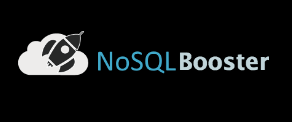
- NoSQL Booster is one of the most popular MongoDB tools. It comes with a shell emulator with IntelliSense. The tool also comes with many snippets and tips that can be opened within the tool.
- You can use NoSQL Booster to import single SQL tables from PostgreSQL, MySQL, and SQL Server into MongoDB.
- The tool can establish connections to multiple databases and even save the connections to be used later.
- It also comes with monitoring tools like in-progress Operations Stats, Log Viewers, and a shortcut to the local log file. It has a free edition and 5 other licensing plans.
4) HumongouS.io

- This is a powerful MongoDB GUI that can be accessed online. It has an intuitive User Interface suitable for use even by non-technical users.
- Its widget system allows you to define the way you want your collections displayed. It also gives you an opportunity to access your MongoDB data from anywhere since the app is accessible via Web and Mobile.
- You can also configure its Smart Filter buttons to filter your collections quickly. HumongouS.io comes with a Smart Search feature that allows you to search your database using keywords.
- You can also use it to create Charts and Dashboards from your MongoDB data.
- It has 4 pricing plans, with the cheapest plan attracting a cost of $19 per user per month
5) NoSQL Manager

- It is one of the few MongoDB tools that can only run on Windows.
- However, it offers its users a number of benefits including easy administration of MongoDB Databases, embedded Mongo Shell, and some support for SQL import. This MongoDB tool is also maintained so well.
- NoSQL Manager can connect to Sharded Clusters, Replica Sets, and Standalone. It also comes with a user and role manager, and a Schema Analyzer Tool.
- It has two pricing plans, with the cheapest plan costing $98.
6) Robo 3T

- This is an Open-Source GUI that comes with an embedded Mongo shell. It also has the auto-completion feature and context menus to replace the CRUD commands.
- Robo 3T does not support SQL imports, but it allows you to create any number of MongoDB Connections, and it remembers them for later use.
- It also comes with a wizard for User and Role Management. The tool is free to use.
7) MongoDB Monitoring Tool

- This MongoDB tool from SolarWinds allows you to analyze the performance of your MongoDB queries using historical analysis.
- It also provides its users with an intuitive Dashboard and Visualizations. It can help you to identify inconsistencies in your queries and take the necessary action before you get the wrong results.
- DBAs and DevOps can use this tool to track latency, errors, and throughput more easily. You can also monitor your database locally, in the cloud, or in hybrid environments.
- Those are some of the best MongoDB tools that you should consider using.
Additional Resources on MongoDB Tools
- Top 8 MongoDB GUI Tools to Use in 2024
- Explore MongoDB Command Line Tools: Install MongoDB Tools on Different Operating Systems: Simplified 101
- Explore More on MongoDB ETL Tools
Conclusion
This is what you’ve learned in this article:
- To store and manage huge volumes of data, organizations have two options, Relational and NoSQL Database Management Systems.
- NoSQL Databases are preferred over Relational Databases because they scale well and can store different types of data, including unstructured data.
- MongoDB tools help MongoDB users to make their Development and Administration tasks easier. Most of these tools provide graphical user interfaces from where most MongoDB administrative tasks can be done.
- Some MongoDB tools come embedded with the mongo shell. They can also be used to perform tasks such as creating users and indexes, performing SQL imports, creating dashboards and visualizations from MongoDB data, and more.
In case you want to transfer data into your desired Database/destination, then Hevo Data is the right choice for you!
Sign up for a 14-day free trial and simplify your data integration process. Check out the pricing details to understand which plan fulfills all your business needs.
Frequently Asked Questions
1. What tools are used for MongoDB?
Common tools for MongoDB include Compass (GUI for exploring data), Robo 3T
(lightweight GUI), and Studio 3T (data management).
2. What tool is used to connect to MongoDB?
You can connect to MongoDB using tools like MongoDB Compass, Robo 3T, or
command-line interfaces like Mongo.
3. What is the ETL tool used with MongoDB?
Hevo, Talend, and Apache Nifi are popular ETL tools for MongoDB, allowing seamless data integration and transformation. Hevo, in particular, simplifies this process with its no-code interface.










